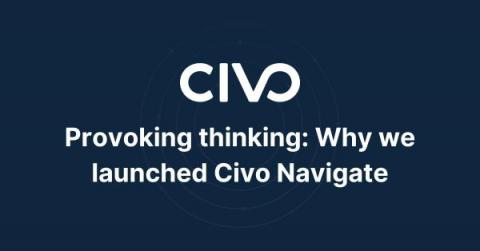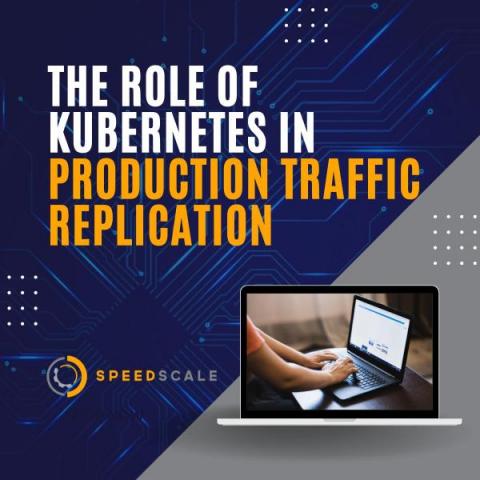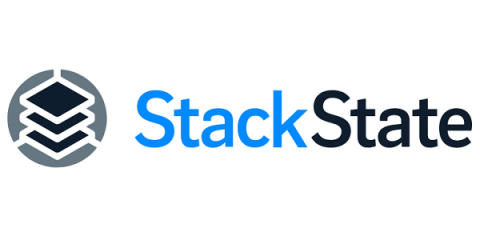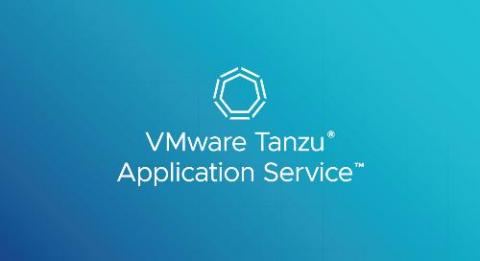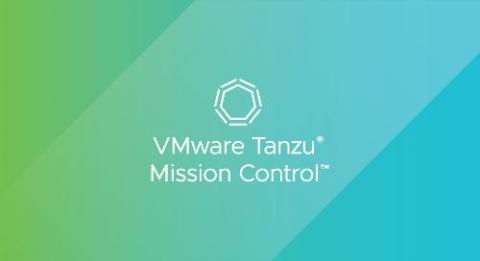What's new in Calico Enterprise 3.15: FIPS 140-2 compliance, new dashboards, egress gateway pod failover, and more!
Tigera provides the industry’s only active Cloud-Native Application Security Platform (CNAPP) for containers and Kubernetes. Available as a fully managed SaaS (Calico Cloud) or a self-managed service (Calico Enterprise), the platform prevents, detects, troubleshoots, and automatically mitigates exposure risks of security issues in build, deploy, and runtime stages across multi-cluster, multi-cloud, and hybrid deployments.



